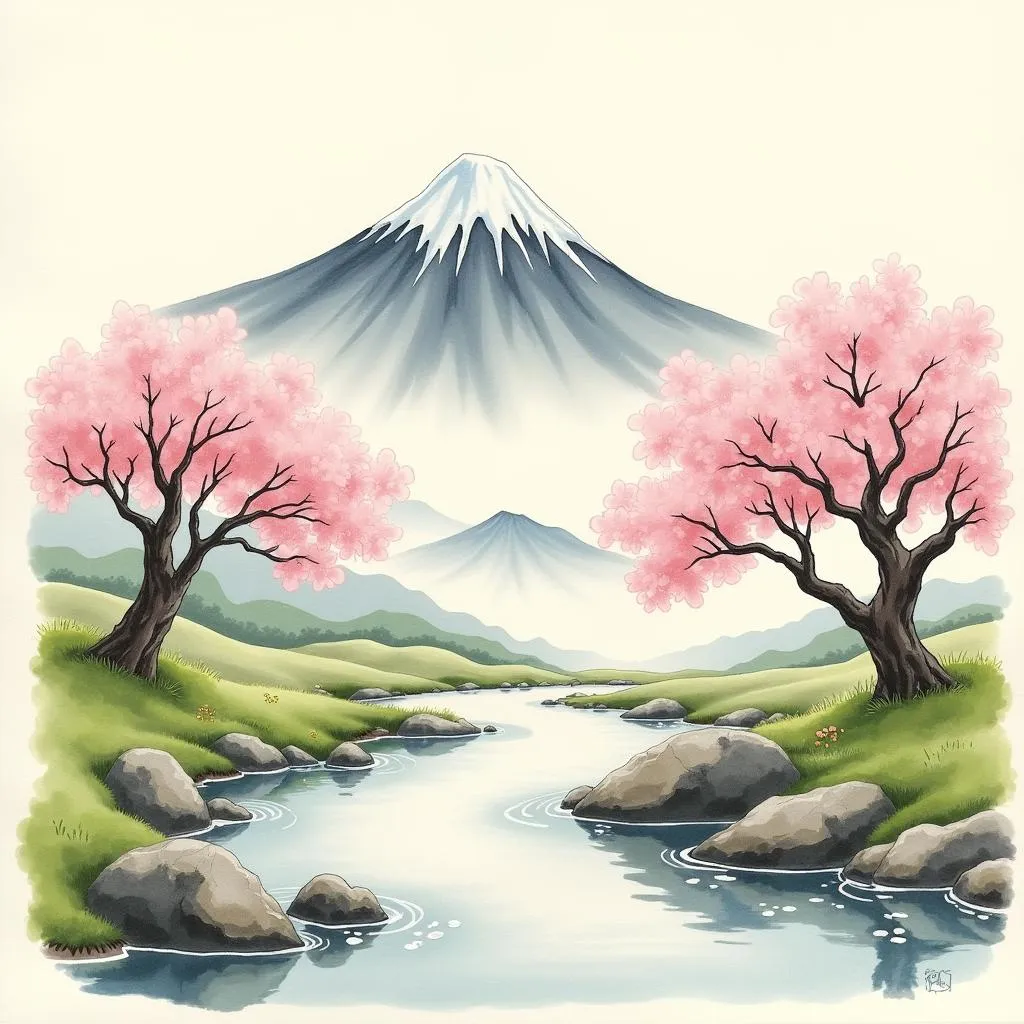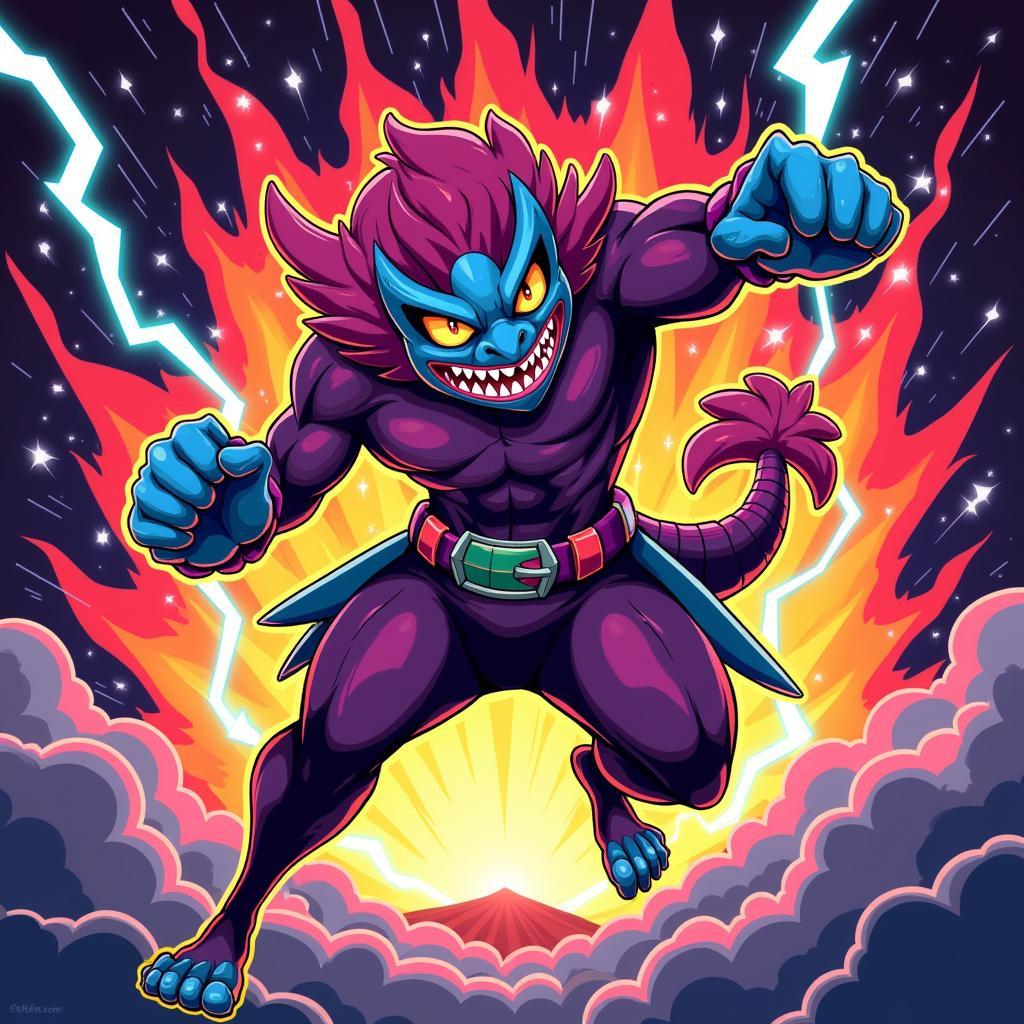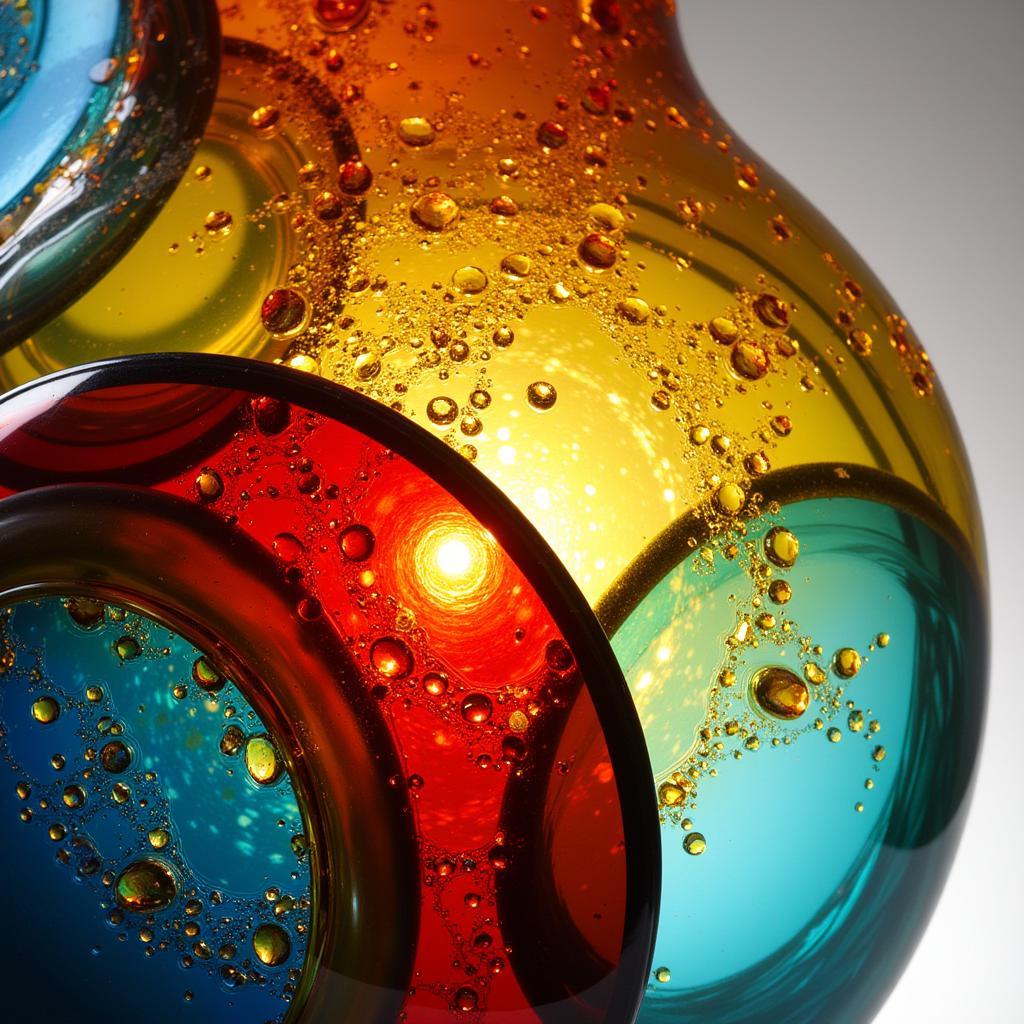Unleashing the Power of DMX Art: Where Technology Ignites Creativity
Dmx Art is transforming the creative landscape, merging the realms of light, sound, and digital control to deliver awe-inspiring visual experiences. This innovative art form empowers artists, designers, and programmers to orchestrate captivating displays that transcend traditional boundaries. By harnessing the precision and flexibility of DMX technology, creators can breathe life into their artistic visions, transforming spaces and captivating audiences worldwide.
What Exactly is DMX Art?
At its core, DMX art revolves around the DMX512 protocol, a digital communication standard widely used in stage lighting and entertainment industries. This robust protocol allows for the precise control of numerous fixtures and devices, enabling artists to manipulate a vast array of elements, including:
- Intelligent Lighting: DMX grants unparalleled control over intelligent lighting fixtures, enabling intricate choreography of color, intensity, movement, and effects.
- LED Arrays: From massive LED walls to intricate pixel-mapped installations, DMX unlocks the full potential of LEDs, creating dynamic displays of light and animation.
- Kinetic Sculptures: By integrating DMX with motors and actuators, artists can bring sculptures to life, imbuing them with mesmerizing movements and choreographed sequences.
- Interactive Environments: DMX facilitates real-time interaction between audiences and art installations. Sensors and controllers can trigger dynamic changes in lighting, sound, and visuals based on movement, proximity, or external input.
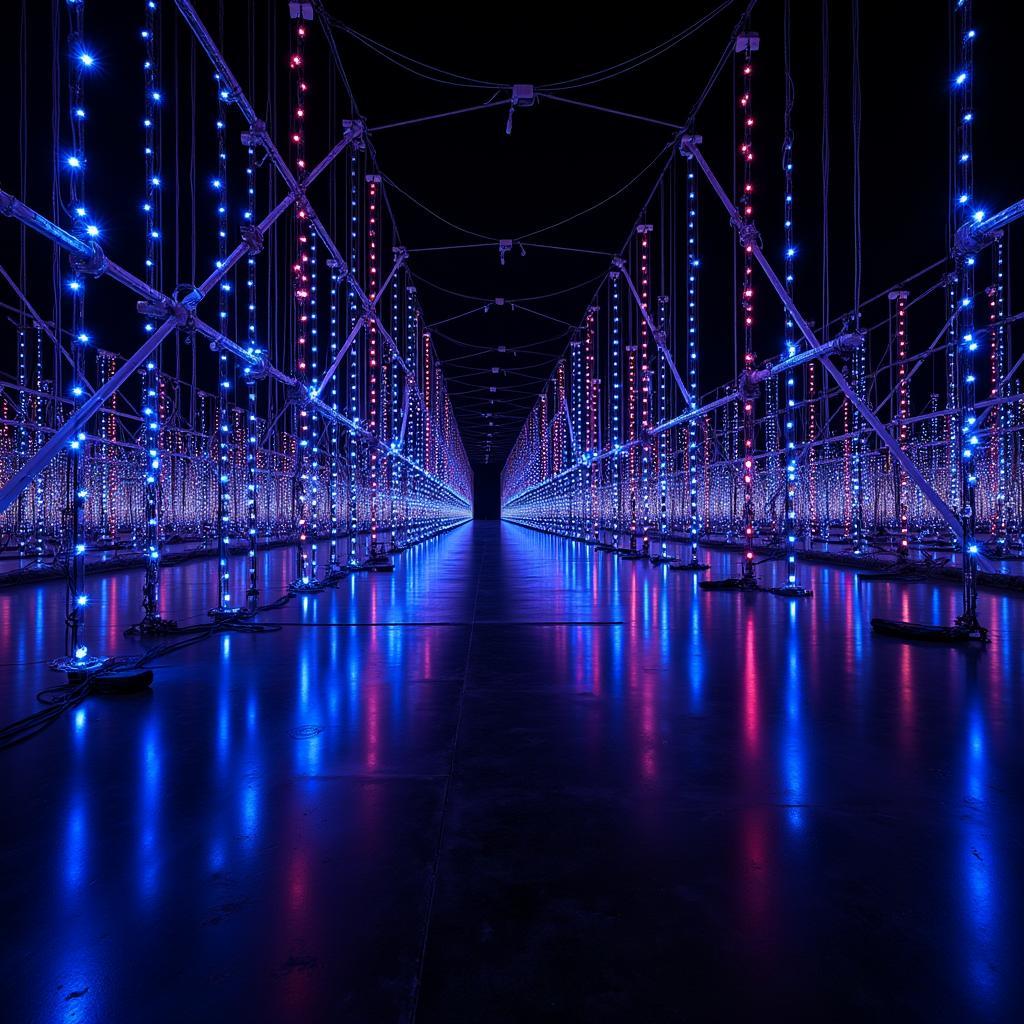 DMX Art Installation with LED Lights
DMX Art Installation with LED Lights
Exploring the Creative Possibilities of DMX Art
DMX art transcends the limitations of static mediums, offering a dynamic canvas for artistic expression. Its versatility opens doors to a myriad of applications, including:
- Live Performances and Concerts: DMX control is the backbone of modern stage lighting, creating immersive visual experiences that enhance musical performances and theatrical productions.
- Art Installations and Galleries: Museums and galleries embrace DMX art to craft interactive exhibits and installations that engage visitors on a deeper level.
- Architectural Lighting Design: Architects and lighting designers utilize DMX to transform buildings into dynamic canvases, highlighting architectural features and creating captivating nighttime displays.
- Interactive Public Art: DMX art breathes life into public spaces, inviting interaction and fostering a sense of community through shared experiences.
The Tools and Techniques of DMX Art
Mastering DMX art requires a blend of technical expertise and artistic vision. While the learning curve might appear steep initially, numerous resources and tools are available to guide both beginners and seasoned professionals:
- DMX Software and Controllers: Software like Resolume Arena, Madrix, and TouchDesigner provide powerful interfaces for programming and controlling DMX fixtures. Hardware controllers offer hands-on tactile control, allowing for real-time adjustments and improvisation.
- 3D Visualization and Design Tools: Software such as Vectorworks and Capture allow artists to previsualize their designs in a virtual environment, ensuring seamless integration of lighting, effects, and spatial elements.
- Programming Languages and Scripting: For advanced applications, programming languages like Python and C++ provide granular control over DMX data, enabling complex algorithms and custom effects.
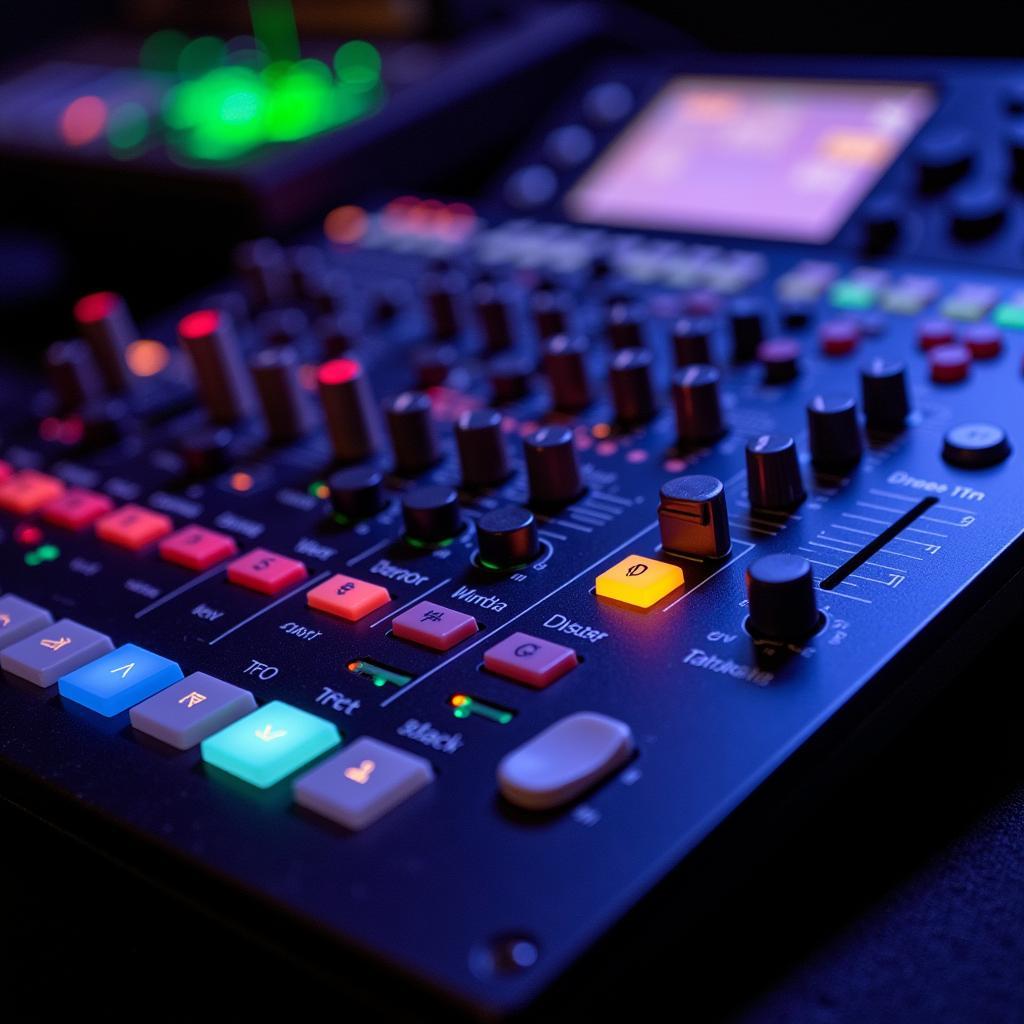 DMX Controller Programming Lighting Show
DMX Controller Programming Lighting Show
The Future of DMX Art: A Fusion of Innovation and Expression
As technology continues to advance, the potential of DMX art expands exponentially. Emerging technologies like augmented reality (AR), virtual reality (VR), and artificial intelligence (AI) are poised to revolutionize the way artists interact with and manipulate light and sound. Imagine interactive installations that respond to your emotions, virtual performances that blur the lines between the digital and physical realms, or architectural projections that transform entire cityscapes. The future of DMX art is bright, promising a future where creativity knows no bounds.
FAQs about DMX Art
What is the difference between DMX and RGB lighting?
While RGB lighting offers basic color mixing, DMX provides granular control over individual fixtures, enabling complex sequences, effects, and synchronization.
Do I need programming experience to create DMX art?
While programming skills can enhance your capabilities, user-friendly software and controllers make it accessible for beginners to explore DMX art.
What are some resources for learning DMX art?
Online tutorials, workshops, and communities offer valuable guidance and support for aspiring DMX artists.
Can DMX be used for outdoor installations?
Yes, DMX fixtures designed for outdoor use are weather-resistant and can withstand the elements.
What are some examples of famous DMX art installations?
Notable examples include the interactive light sculpture “CLOUD” by Caitlind r.c. Brown & Wayne Garrett and the mesmerizing light show at the Burning Man festival.
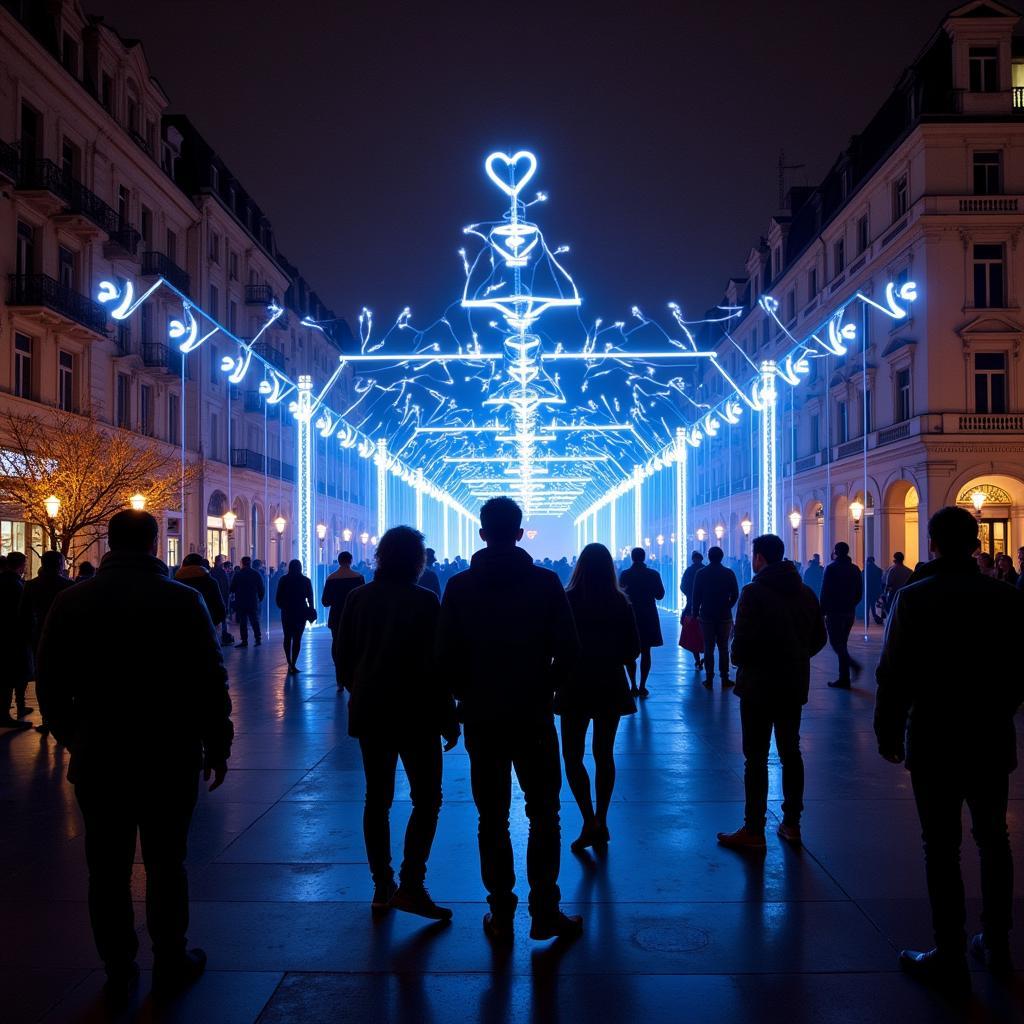 Interactive DMX Art Installation in Public Space
Interactive DMX Art Installation in Public Space
Need help with your next creative project?
Contact us at Phone Number: 02462573573, Email: [email protected] Or visit us at: Savico Megamall, 7-9 Đ. Nguyễn Văn Linh, Gia Thụy, Long Biên, Hà Nội 10000, Việt Nam. Our 24/7 customer support team is here to help!

